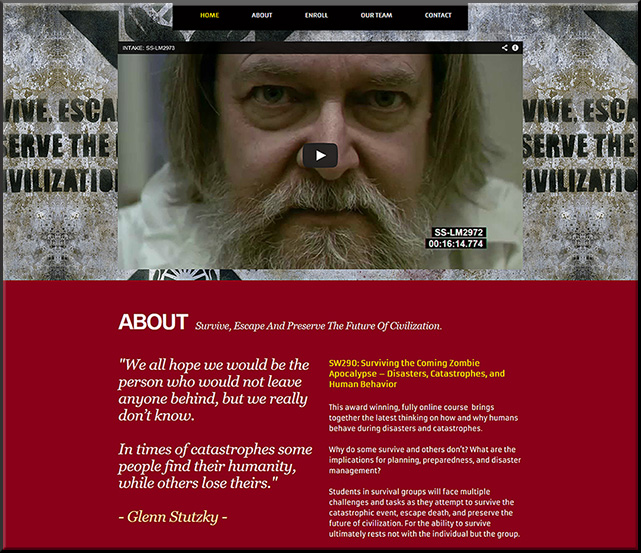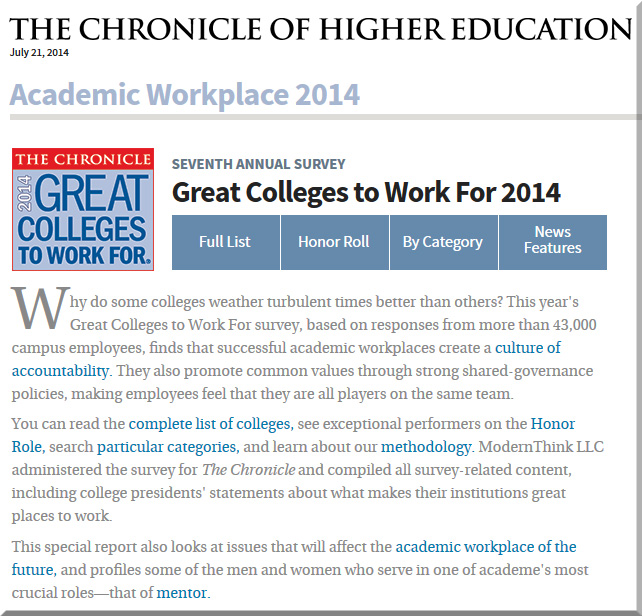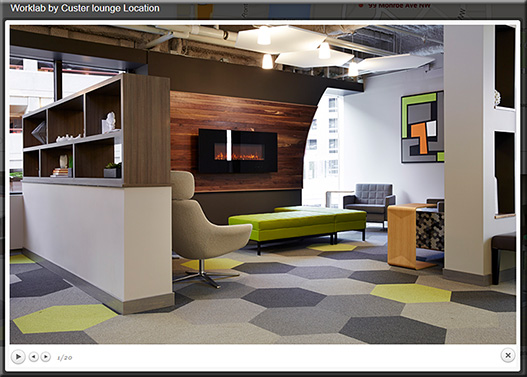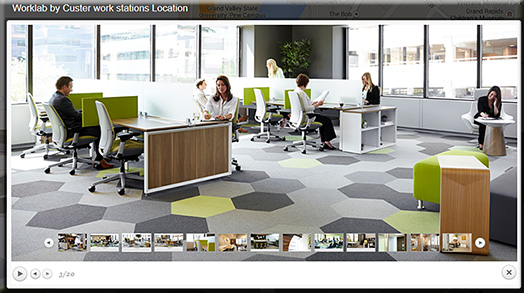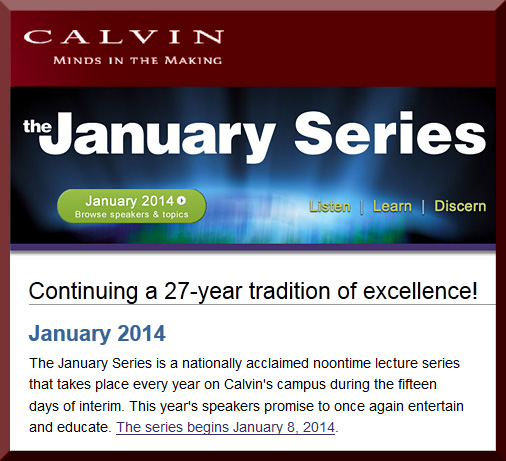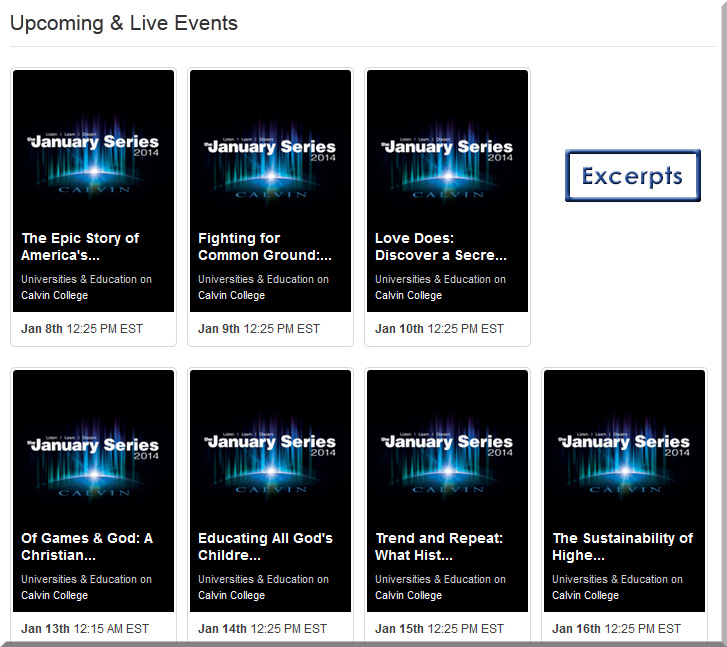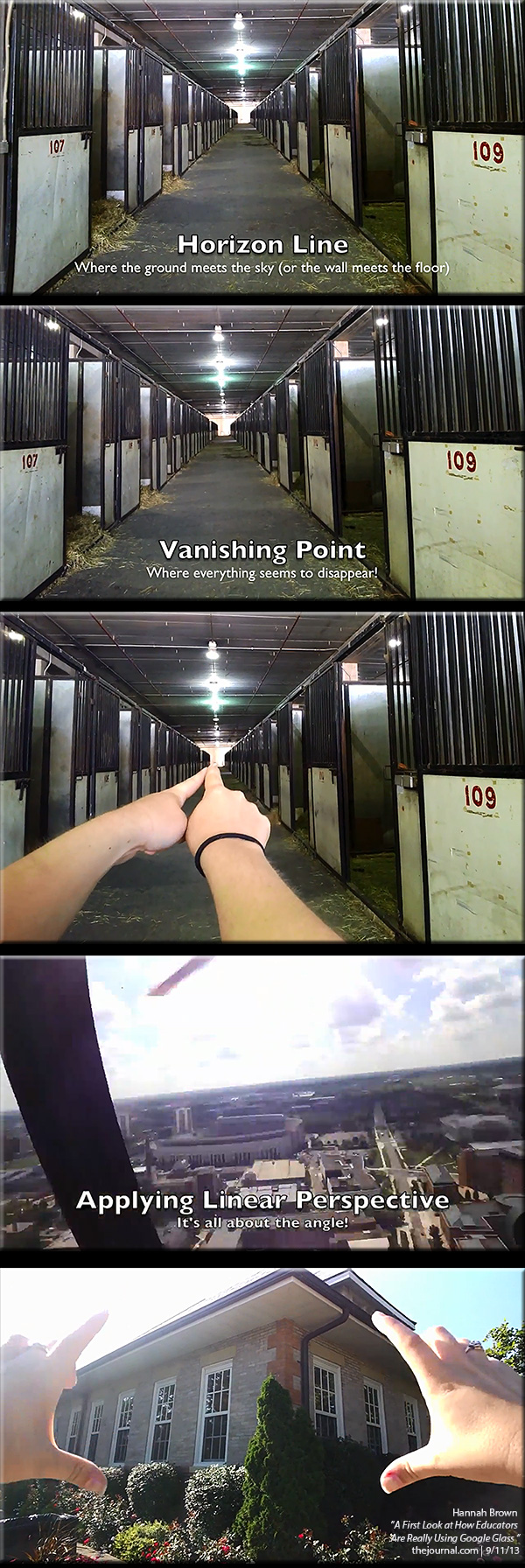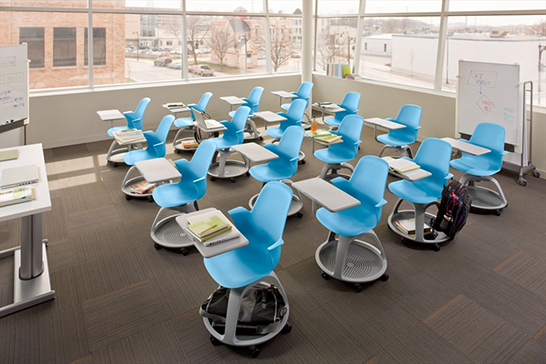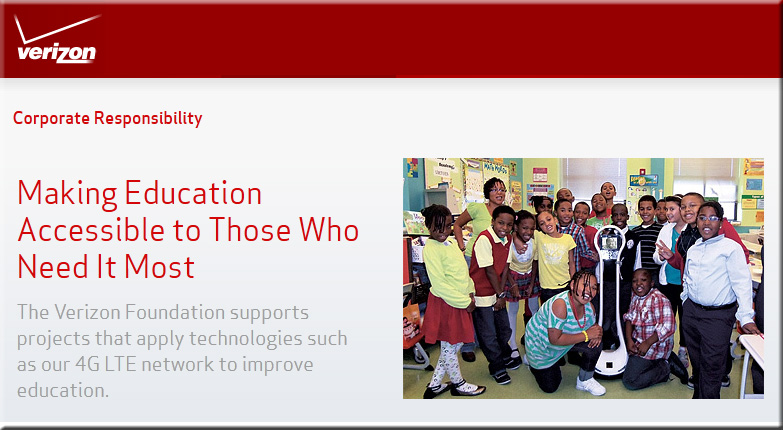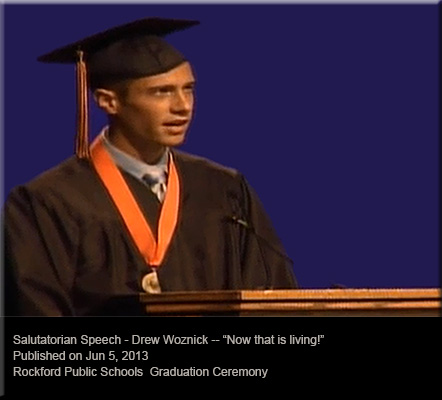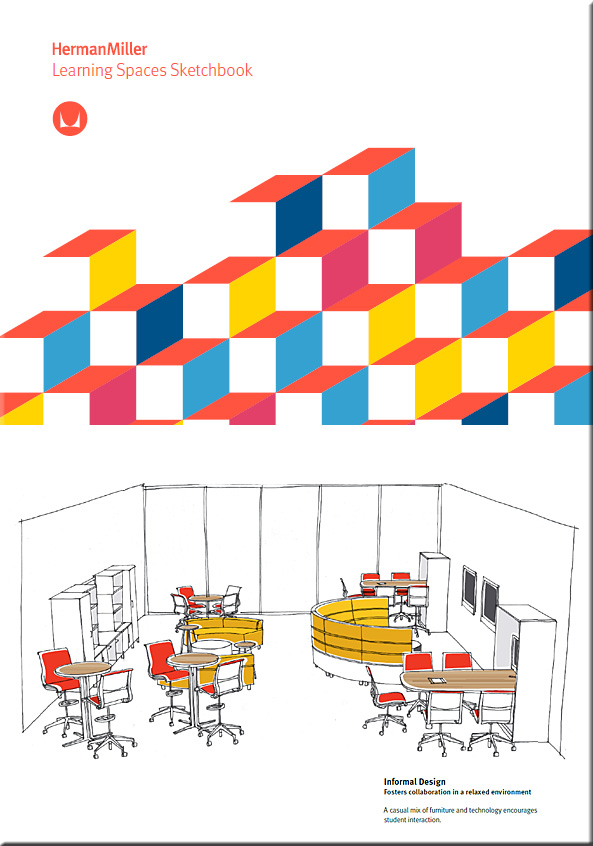MVU releases guide to help schools navigate the virtual learning journey — from mivhs.org, as posted on September 17, 2014
Excerpt:
MVU…released a guide for mentors of online learning students, “Mentor Fundamentals: A Guide for Mentoring Online Learners,” that is intended to provide an understanding of the fundamental elements of mentoring or coaching students for success with online courses.
About MVU
Michigan Virtual University® is a private, nonprofit
Michigan corporation established by the State of
Michigan in 1998 to serve as a champion for
online learning. It is the parent organization of the
Michigan Virtual School®, Michigan LearnPort®, and
Michigan Virtual Learning Research Institute™.
Visit www.mivu.org for more information.
Excerpts from MVU’s mentor guide:
Why Students Choose Online Learning
The State Virtual School Leadership Alliance shared the following evidence that state virtual schools meet the 10 attributes of Next Generation Learning (as established by Next Generation Learning Challenges). From the student’s point of view, online learning is attractive because it is:
- Personalized to my needs and learning goals.
When students select their courses, they take greater ownership. - Flexible so that I can try different ways to learn.
Online learning allows scheduling to accommodate health, athletic, job and family circumstances. - Interactive and engaging to draw me in.
Students meet people outside their community in a safe environment, and multimedia used in online learning provides different ways of learning. - Relevant to the life I’d like to lead.
Students gain more experience using the 21st century technology tools used in college and in the workplace. - Paced by my own progress measured against goals I understand.
Students can move faster or slower through assignments and track their own progress toward their goals. - Constantly informed by different ways of demonstrating and measuring my progress.
Educational technology can measure and share tudent progress quickly. - Collaborative with faculty, peers, and others, unlimited by proximity.
Students can access learning materials and resources – including local, state, and national experts – using online communication tools. - Responsive and supportive when I need extra help.
Communicating outside the typical school day is supported by the online learning culture. Many students – and teachers – report they spend more time interacting online than in the face-to-face classroom. - Challenging but achievable, with opportunities to become an expert in an area of interest.
Online learning reinforces lifelong learning skills and promotes information literacy and communication skills as well as thinking and problem-solving skills. - Available to me as much as it is to every other student.
Online learning can direct the talents of some of the most skilled educators to the most underserved populations. A zip code does not have to determine learning options any more.
Profile of a Successful Online Learner
Instructors with years of online teaching experience agree that students who have successful, satisfying experiences learning online share several critical characteristics. Review these characteristics and answer these questions for and with potential online learners.
- Good Time Management:
Can the student create and maintain a study schedule throughout the semester without face-to-face interaction with a teacher? - Effective Communication:
Can the student ask for help, make contact with other students and the instructor online, and describe any problems she/he has with learning materials using email, text messaging and/or the telephone? - Independent Study Habits:
Can the student study and complete assignments without direct supervision and maintain the self-discipline to stick to a schedule? - Self-Motivation:
Does the student have a strong desire to learn skills, acquire knowledge, and fulfill assignments in online courses because of an educational goal? Can she/he maintain focus on that goal? - Academic Readiness:
Does the student have the basic reading, writing, math and computer literacy skills to succeed in the class? - Technologically Prepared:
Does the student know how to open, create and/or save a document; use various technology tools (e.g., dictionary, thesaurus, grammar checker, calculator); and identify various file formats (e.g., doc, xls, pdf, jpg)? (from Michigan Educational Technology Standards for Students 2009).
Also see:









